After Exxon-mobil Merger
Our history
Today nosotros operate in nearly of the world'south countries and are best-known by our familiar make names: Exxon, Esso and Mobil. We brand the products that drive modern transportation, ability cities, lubricate manufacture and provide petrochemical building blocks that lead to thousands of consumer appurtenances.
1859
Colonel Edwin Drake and Uncle Billy Smith drill the first successful oil well in Titusville, Pennsylvania. The colonel'south discovery triggers an oil boom that parallels the gold rush of a decade earlier.
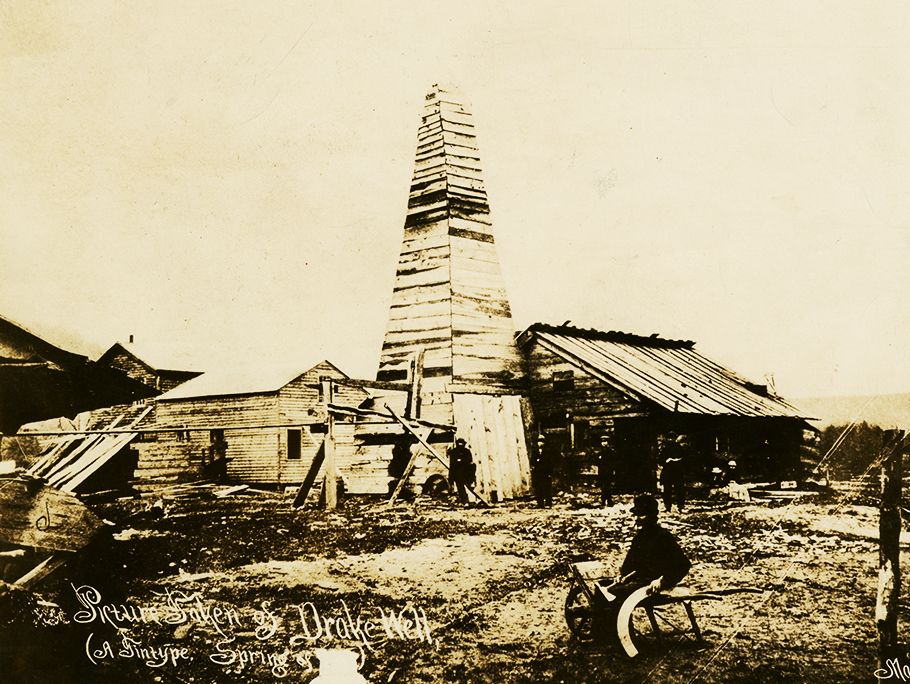
1870
Rockefeller and his associates form the Standard Oil Visitor (Ohio), with combined facilities constituting the largest refining capacity of any unmarried firm in the world. The name Standard is chosen to signify high, uniform quality.
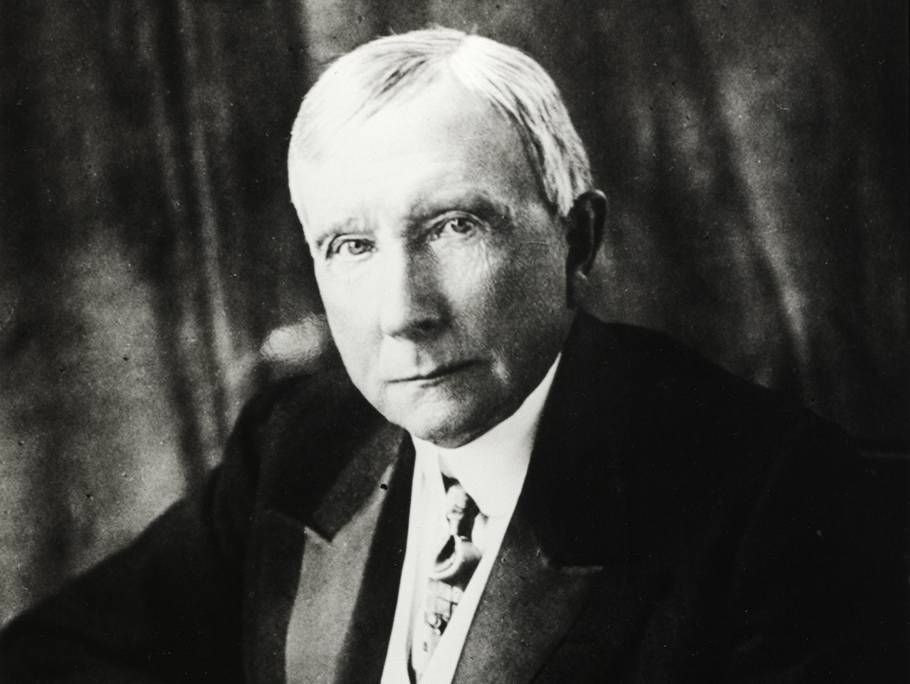
1879
Standard Oil Co. purchases a iii-quarters interest in Vacuum Oil Company for $200,000. As a lubricants pioneer, Vacuum Oil introduces a number of pop products, including the revolutionary Gargoyle 600-W Steam Cylinder Oil.
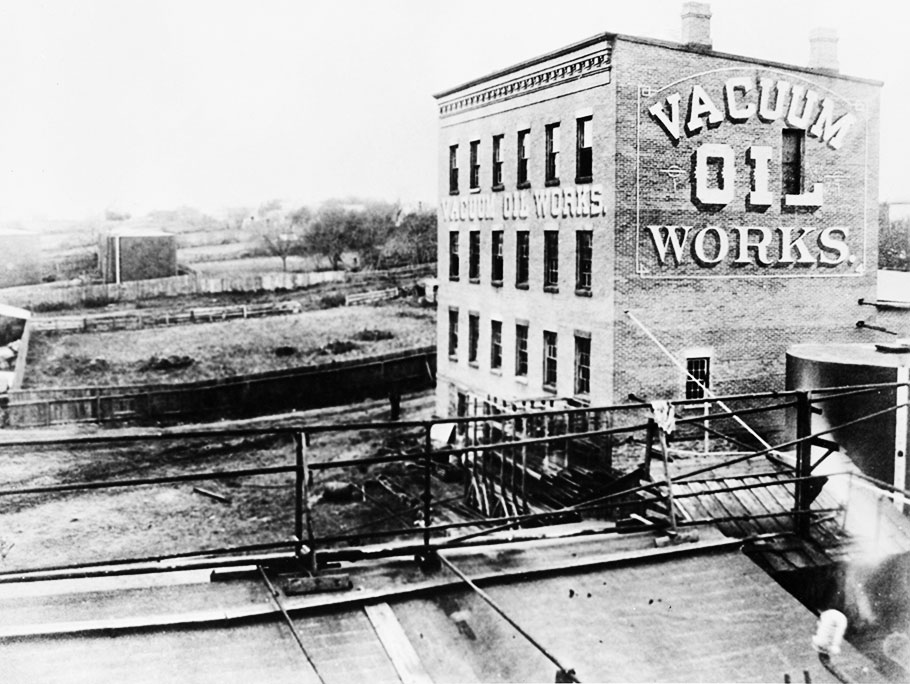
1882
Standard Oil lubricates Thomas Edison'southward kickoff central generating organisation. Also in this twelvemonth, Standard Oil Trust forms to include the Standard Oil Company of New Bailiwick of jersey (Jersey Standard) and the Standard Oil Company of New York (Socony).

1885
The Standard Oil Trust moves its headquarters to 26 Broadway, New York City. The nine-story function edifice becomes a landmark. The same year, Vacuum develops Gargoyle Arctic engine oils for newly designed generators and motors that operate at speeds of upward to one,000 rpm.

1903
The Wright brothers, Wilbur and Orville, use both Jersey Standard fuel and Mobiloil (Vacuum) lubricants for their celebrated offset flight at Kitty Hawk, N Carolina.
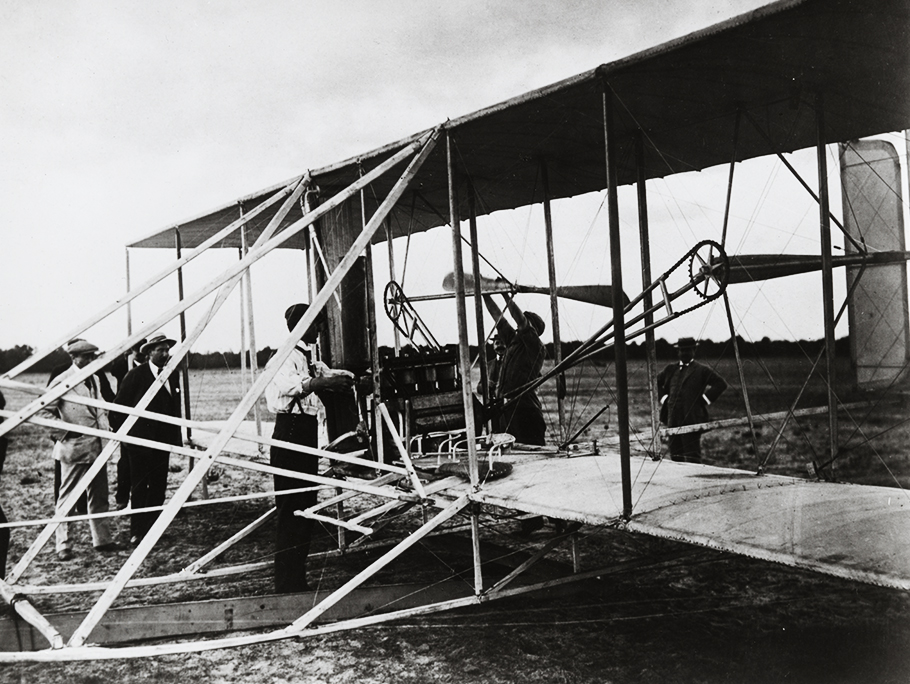
1906
Socony gains a strong foothold in the vast market place for kerosene in China by developing pocket-size lamps that burned kerosene efficiently. The lamps become known as Mei-Foo, from the Chinese symbols for Socony, meaning "beautiful conviction."

1911
Following a landmark U.S. Supreme Court decision, Standard Oil breaks upward into 34 unrelated companies, including Bailiwick of jersey Standard, Socony and Vacuum Oil. The year besides marks the first time Jersey Standard's sales of kerosene are surpassed by gasoline, a production that in the early days had often been discarded as a nuisance.

1915
Ralph De Palma, winner of the Indianapolis 500, is the first of many Indy winners to utilize Mobil products. His average speed: 89.84 mph.
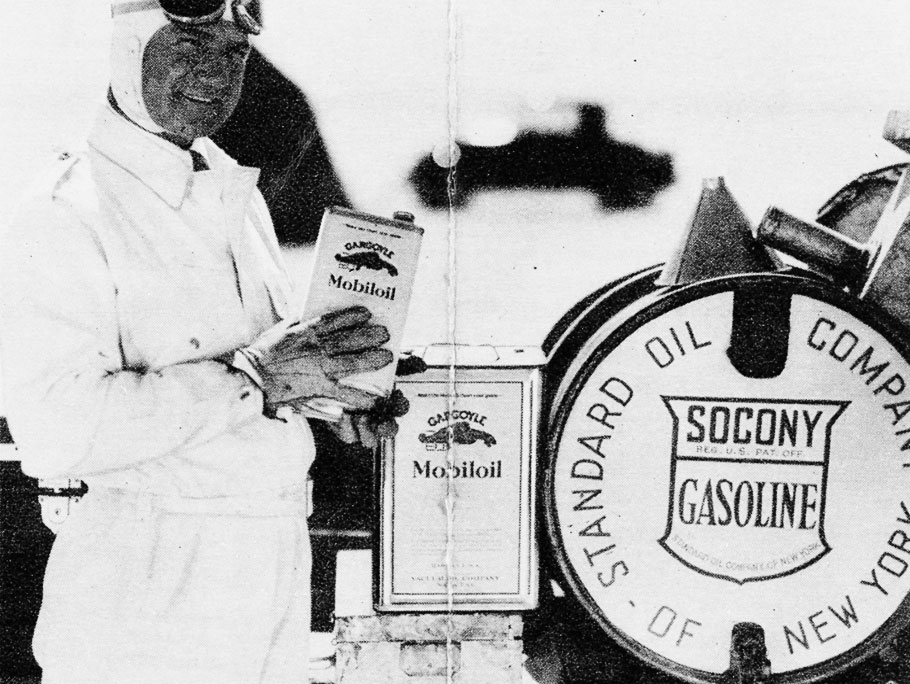
1919
Jersey Standard acquires a l-per centum interest in Humble Oil & Refining Company of Texas. It was during this year that Humble, led past its pioneering Chief Geologist Wallace Pratt, employed micropaleontology, the study of microscopic fossils independent in cuttings and cadre samples from drilling, as an assist in finding oil.

1920
Jersey Standard researchers produce rubbing alcohol, or isopropyl alcohol — the first commercial petrochemical.

1926
Embodying the phonetic rendition of the initials 'S' and 'O' in Standard Oil, Jersey Standard brings out a new blend of fuel under the merchandise name Esso.

1927
Humble geophysicists use a refraction seismograph and notice an oil field in Sugarland, Texas.
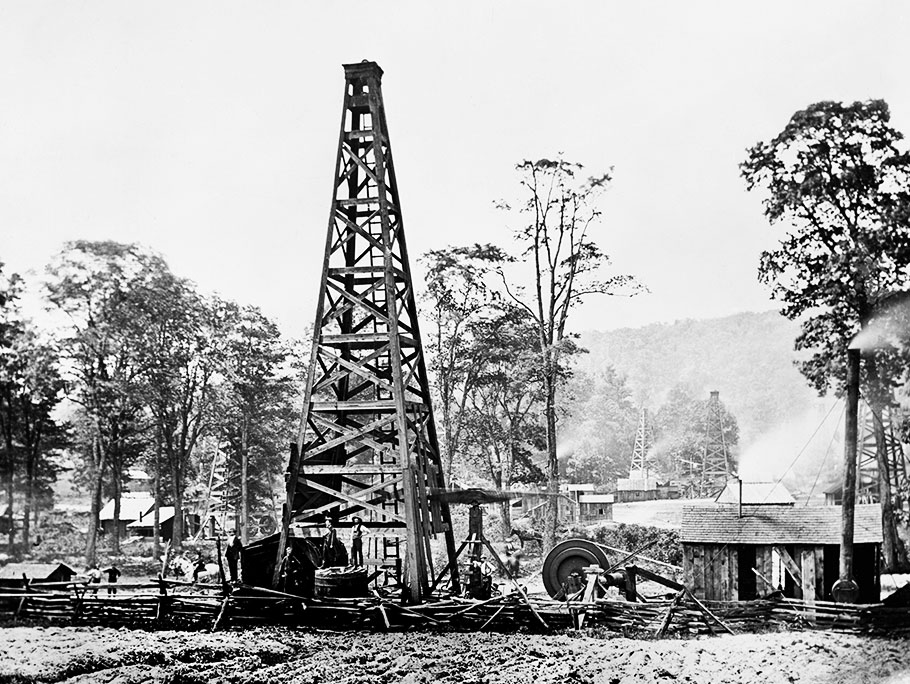
1928
Amelia Earhart uses Mobiloil to protect Friendship when she makes her historic solo flight across the Atlantic. The previous year, Charles Lindbergh used Mobiloil in the Spirit of St. Louis on the first solo flying across the Atlantic.
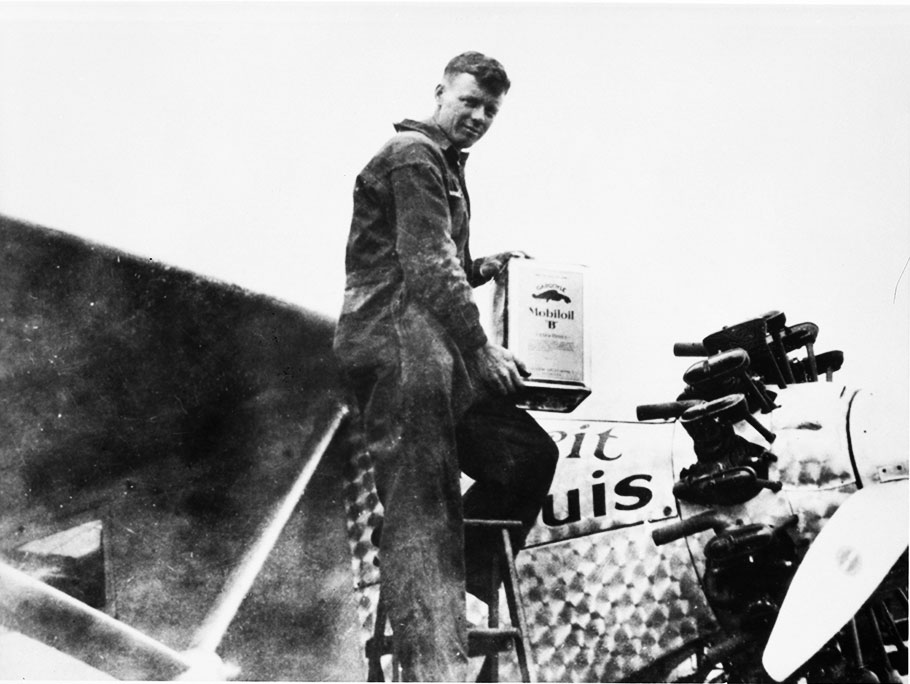
1936
First commercial unit in a true cat-cracking refinery begins operation at Socony-Vacuum's Paulsboro, New Jersey, refinery. The unit used a process adult by French scientist Eugene P. Houdry with the fiscal backing of Socony-Vacuum. The process added a dirt-like catalyst to the great procedure to boost gasoline yields and octane rating.
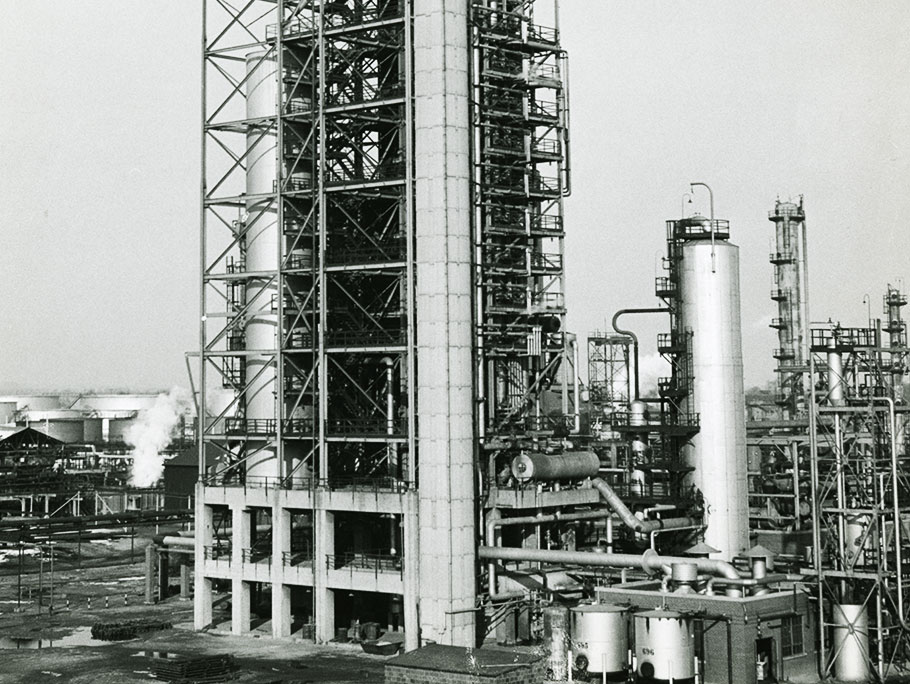
1936
Harlem postman Victor Green creates the Light-green Volume. Often referred to equally the "Bible of Black travel," the Green Book listed service stations, hotels, restaurants and other establishments where Black travelers would be welcomed. Bailiwick of jersey Standard was the simply major retail benefactor of the Dark-green Book through its network of Esso service stations, which welcomed Black motorists and too provided business opportunities for Black franchisees. The Green Book was published and distributed nationwide until 1967.
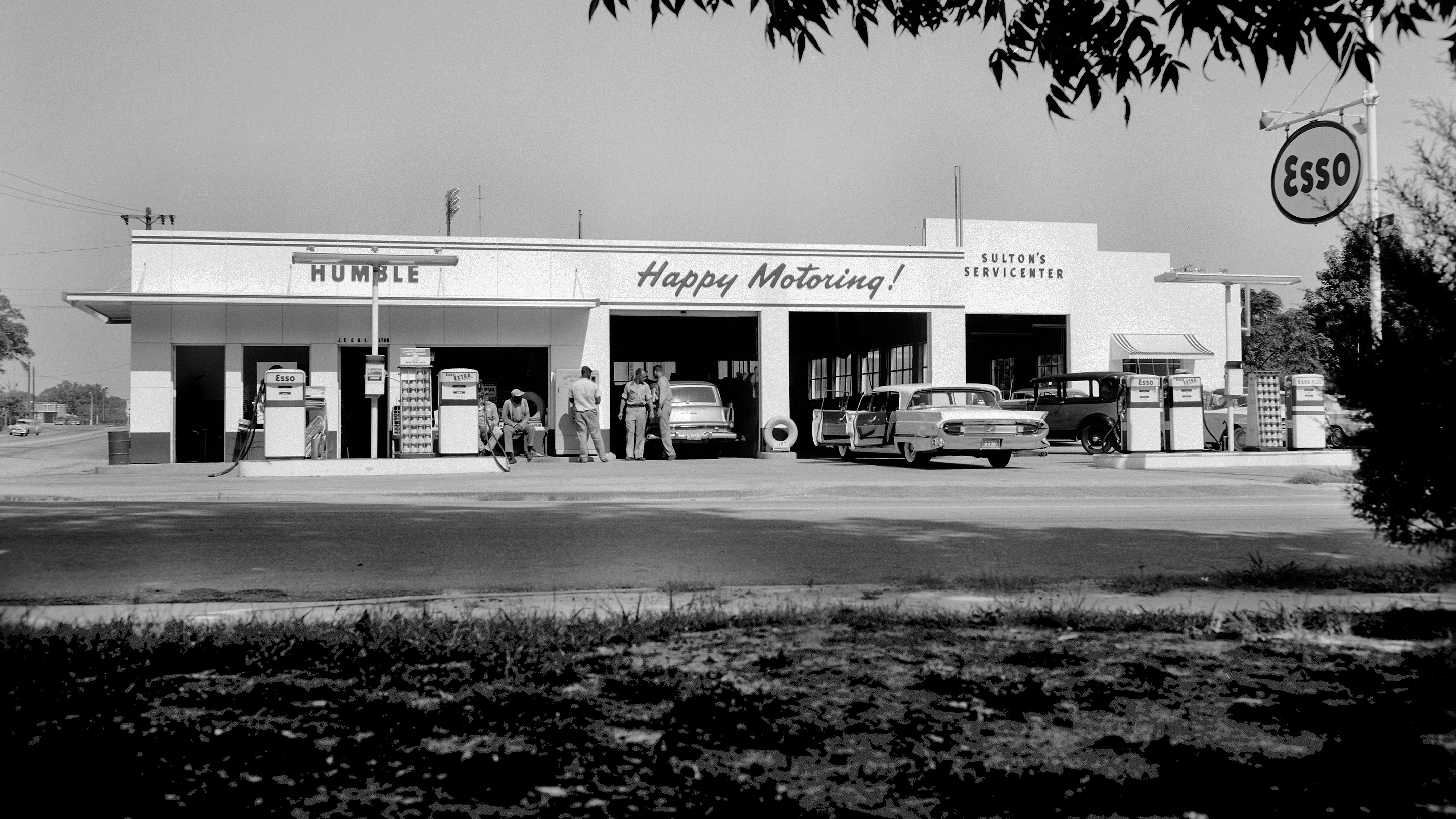
1937
Bailiwick of jersey Standard researchers produce an artificial prophylactic, butyl. Today, butyl is used in the creation of tires, surgical tapes, protective coatings and more.
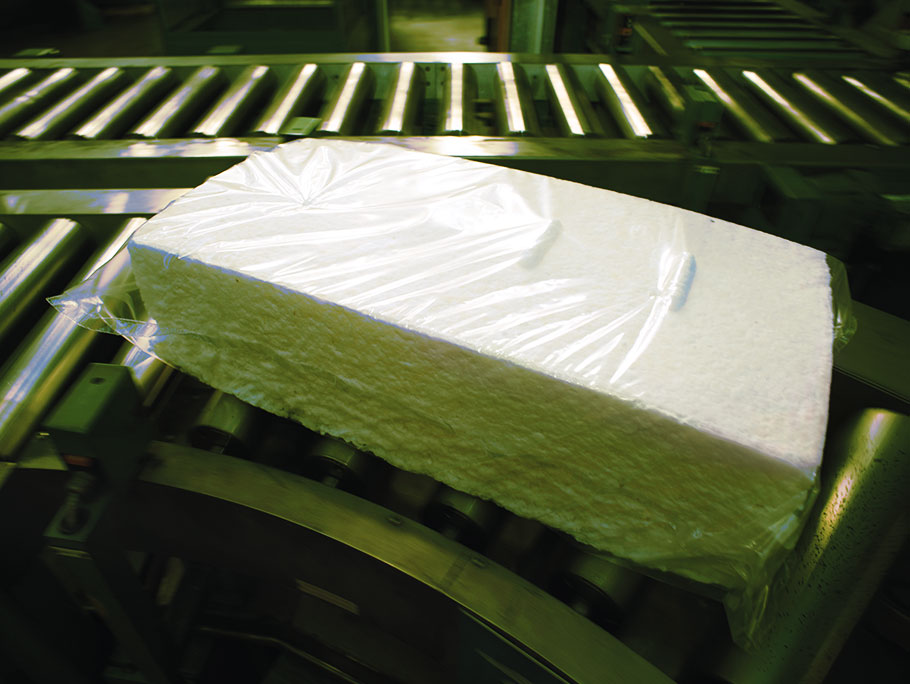
1938
The world'southward first commercial production of alkylate begins at a Humble plant in Baytown, Texas. Alkylation made possible the manufacturing of iso-octane, used as a blending agent to produce 100-octane aviation gasoline.
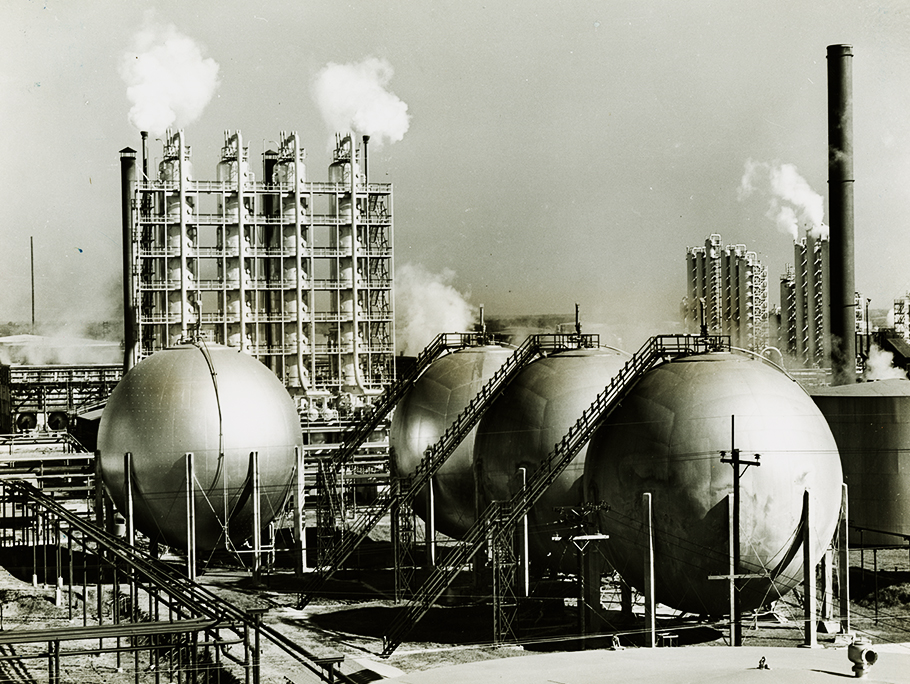
1942
The world's first fluid catalytic cracker goes onstream at Louisiana Standard's Baton Rouge refinery. The procedure, developed by four Jersey Standard researchers known as the "4 horsemen," improved on the Houdry method for cat cracking and eventually became the industry standard for producing gasoline. Fortune magazine chosen information technology "the most revolutionary chemical-engineering science achievement of the last fifty years."
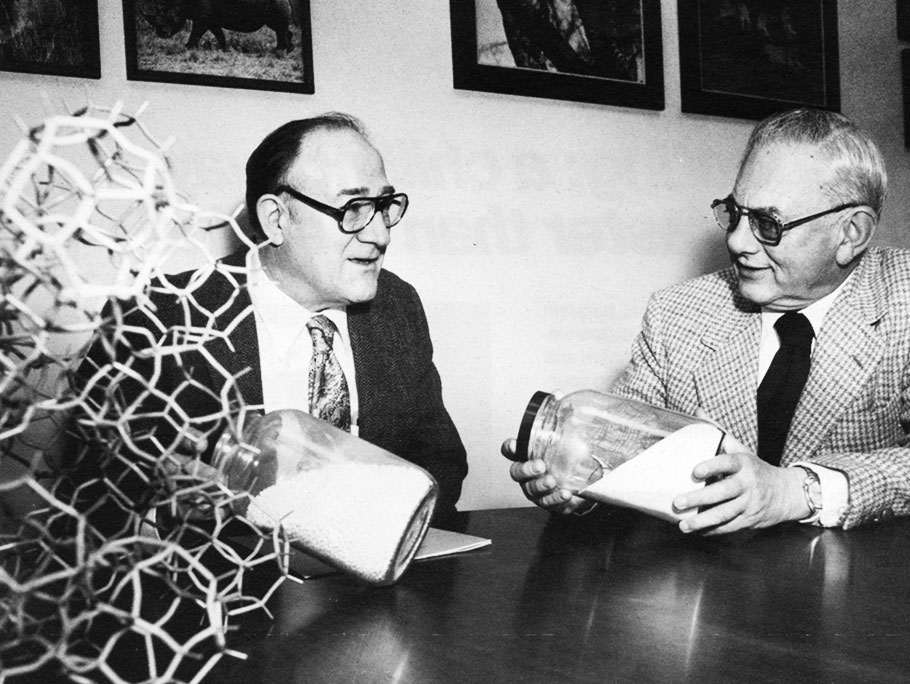
1952
Jersey Standard introduces Uniflo motor oil, the first multigrade motor oil recommended for both summer and winter use.
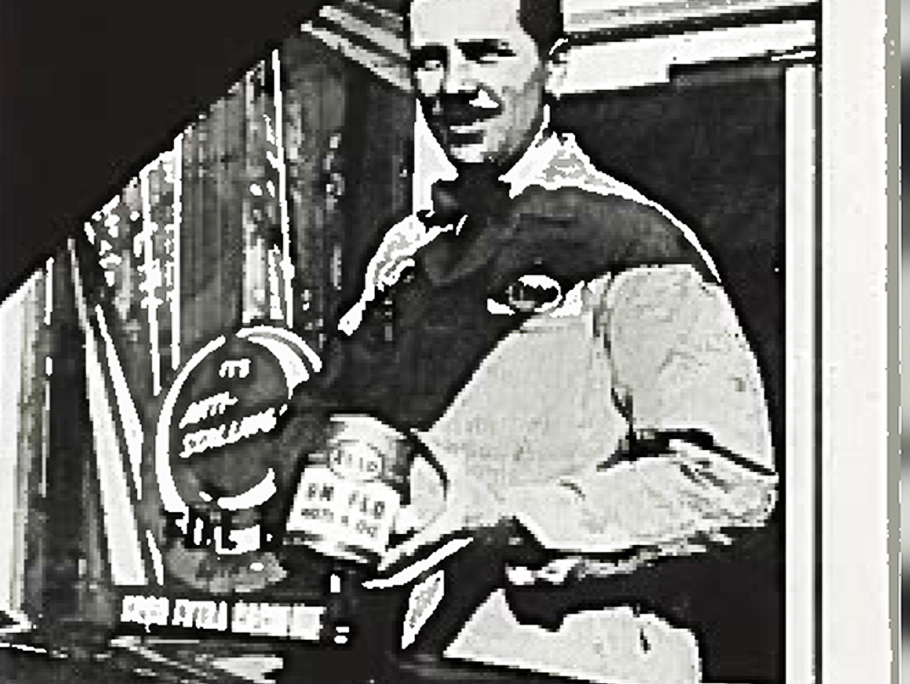
1955
Jersey Standard establishes the Esso Education Foundation, a program that gives financial assist to private colleges and universities.
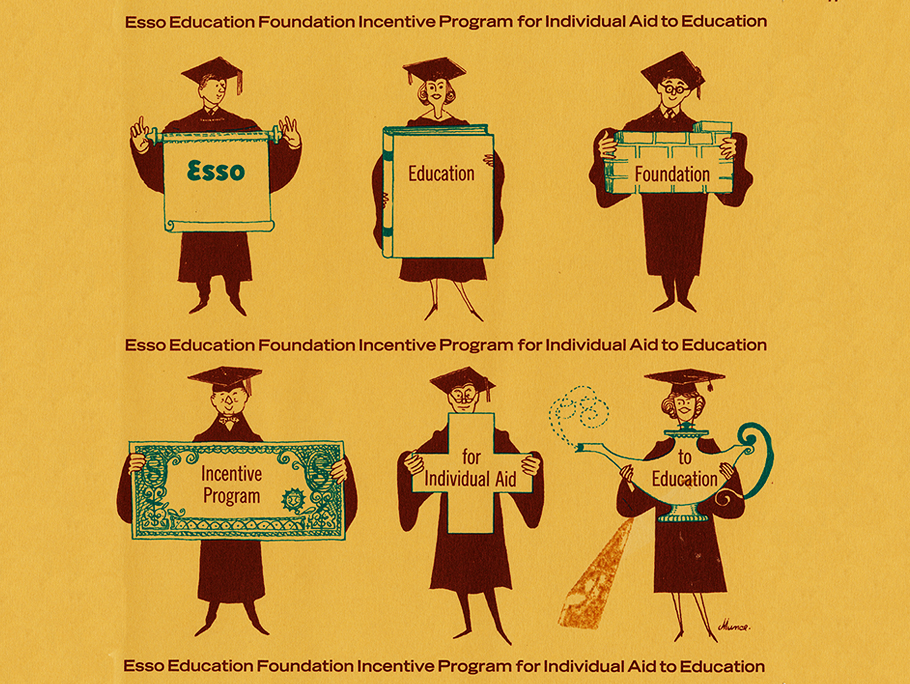
1958
Pan American Airways flies its first trans-Atlantic Boeing 707 flight from New York to London. The flight is fueled by Mobil aviation fuel.

1959
An advertising copywriter in Chicago comes up with the advertising slogan "Put a tiger in your tank."
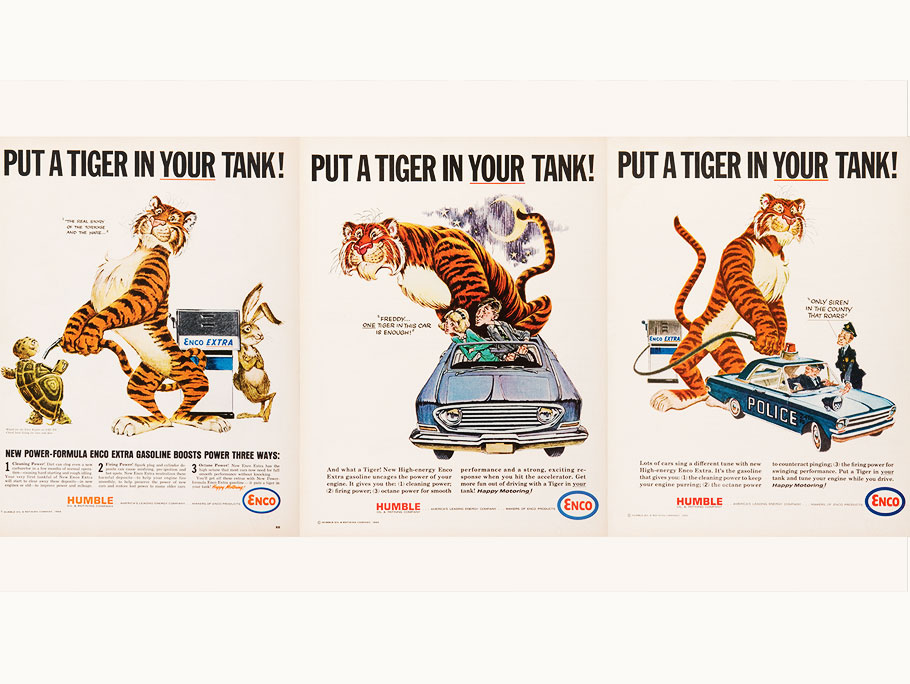
1963
Apprehensive invents iii-D seismic engineering science, a revolution that completely changes the mode the industry searches for oil and gas resources. (This breakthrough technology, coupled with the apply of massive parallel computers in seismic imaging, has helped our geologists sharply reduce finding costs since the 1980s while increasing new field resource additions.)
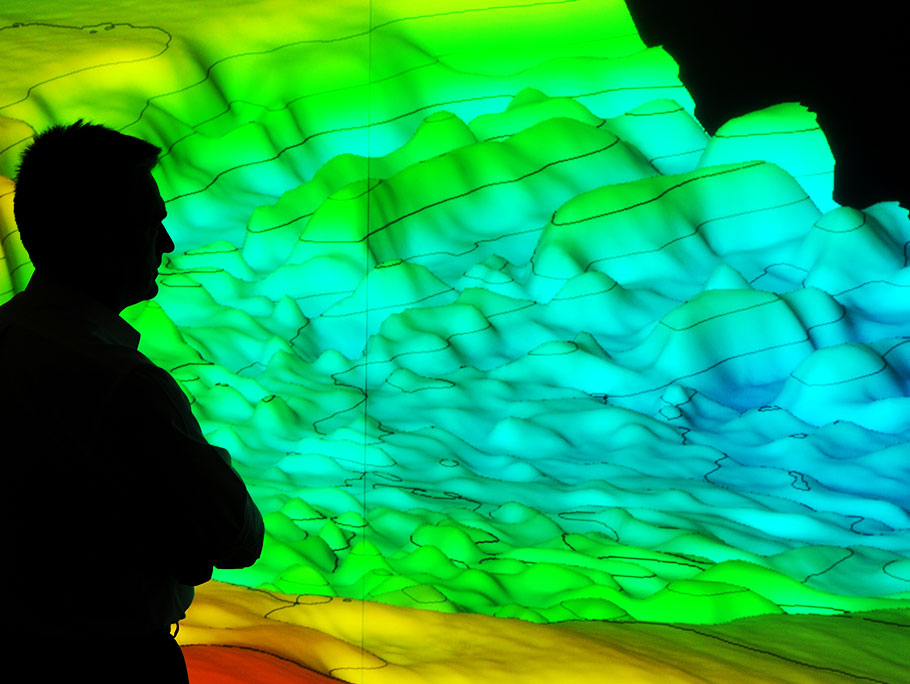
1966
Mobil celebrates 100 years since the founding of the Vacuum Oil Company in 1866 and changes its proper name to Mobil Oil Corporation. The visitor launches a wide-reaching identity program to emphasize the Mobil trade name.
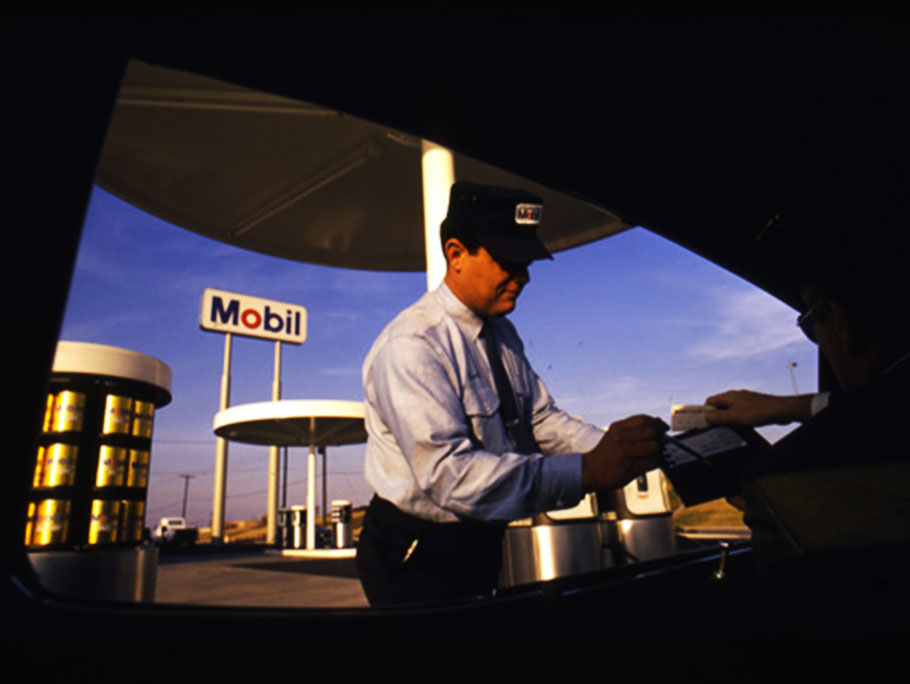
1972
Bailiwick of jersey Standard officially changes its name to Exxon Corporation. The name change is canonical by Jersey Standard shareholders in a special shareholders' meeting.
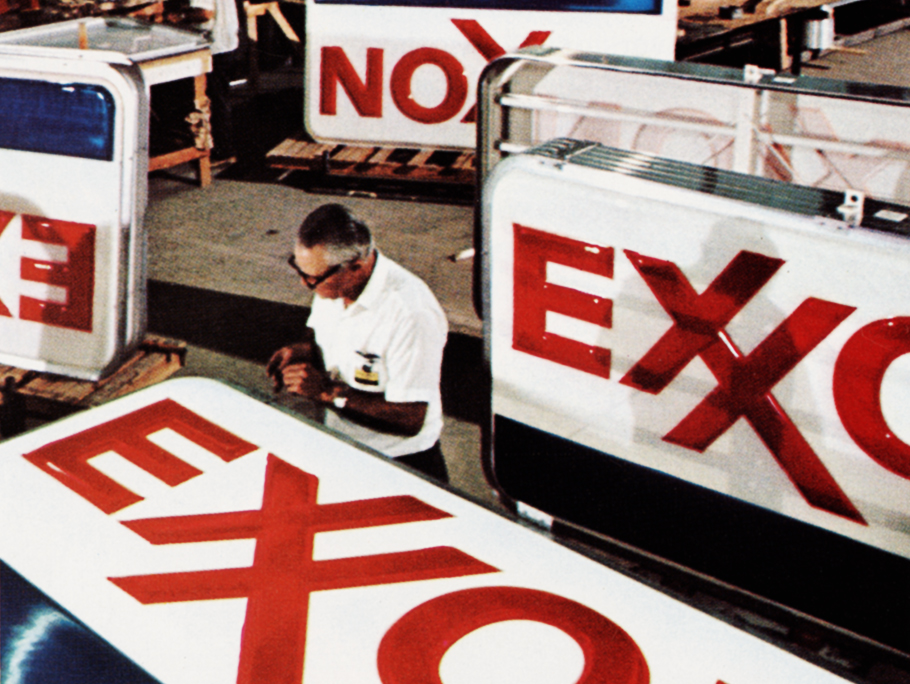
1974
Mobil introduces a synthetic automotive engine lubricant — Mobil 1. Today, Mobil 1 is the world's leading synthetic motor oil.
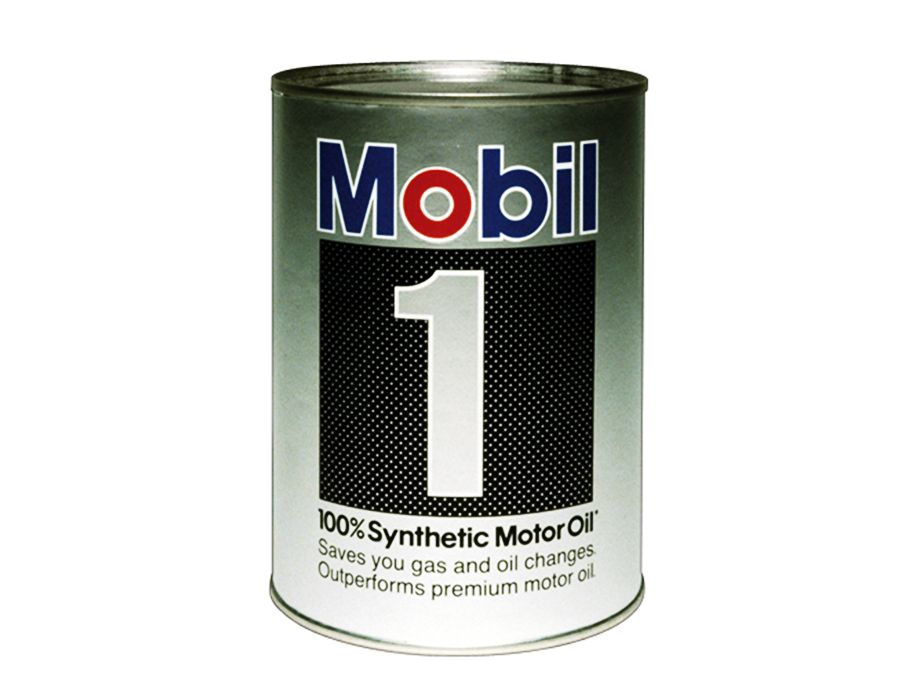
1975
Mobil participates in completion of Beryl A, the globe'due south first concrete production platform. The 50-story-high structure was the image for other physical deepwater facilities operating in the North Body of water.

1976
Mobil invents a process for converting methanol into loftier-octane gasoline through the apply of the company's versatile ZSM-v goad.
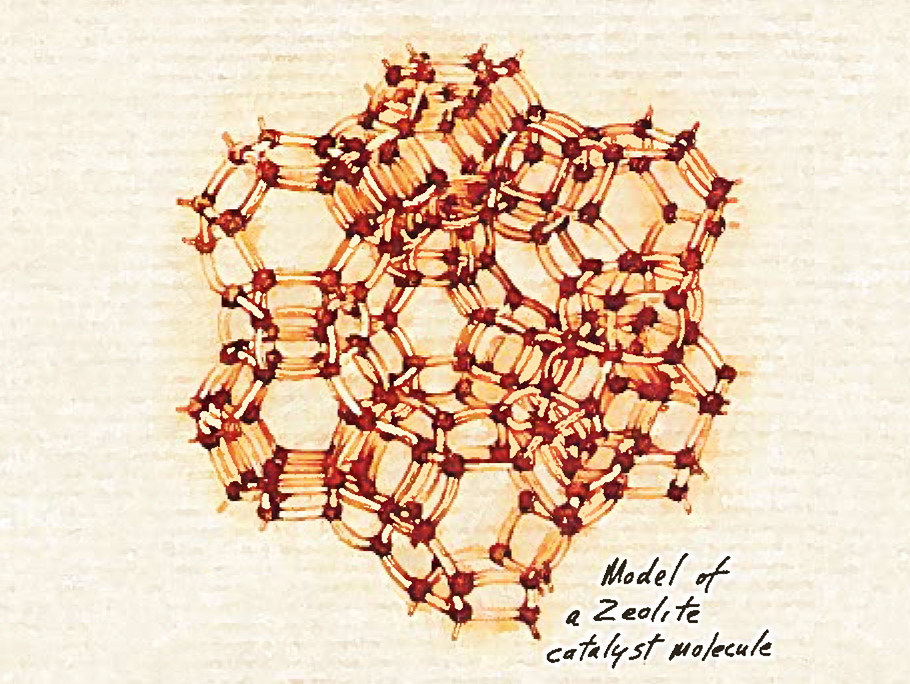
1980
Exxon opens its own facility for ecology health research at East Millstone, New Jersey. Exxon Biomedical Sciences, Inc. conducts research to further clinch the rubber of Exxon operations and products.

1982
Exxon celebrates 100 years since the formation of the Standard Oil Trust in 1882. In its first 100 years, the company evolved from a domestic refiner and distributor of kerosene to a large multinational corporation, involved at every level of oil and gas exploration, product, refining and marketing, and petrochemicals manufacturing.
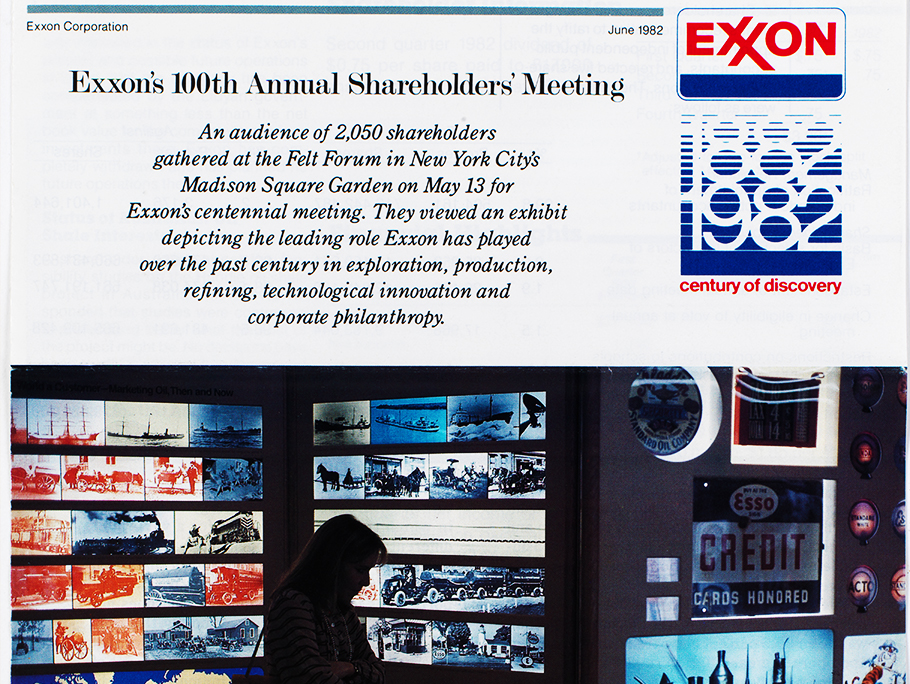
1986
Exxon Research and Engineering invents a powerful new imaging technique called three-D microtomography to written report the internal structure of opaque objects without damaging them.
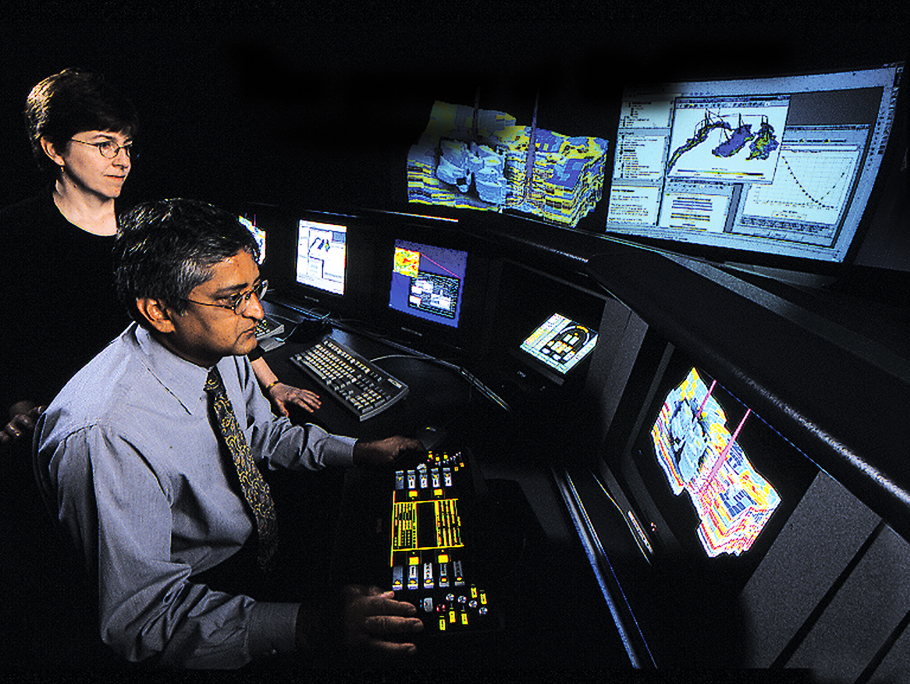
1989
On March 24, 1989, the tanker Exxon Valdez runs aground in Prince William Audio in Alaska. The Valdez oil spill was a tragic accident that ExxonMobil securely regrets. The visitor took immediate responsibility for the spill, cleaned information technology upwards and voluntarily compensated those who claimed direct damages. Learn more virtually the Exxon Valdez.

1989
Exxon introduces Exxpol, a single-site metallocene catalyst used to produce consistent, controllable molecular structures that make plastic and rubber products tougher and impact-resistant, with less haze and with excellent organoleptics (low off-taste and olfactory property).
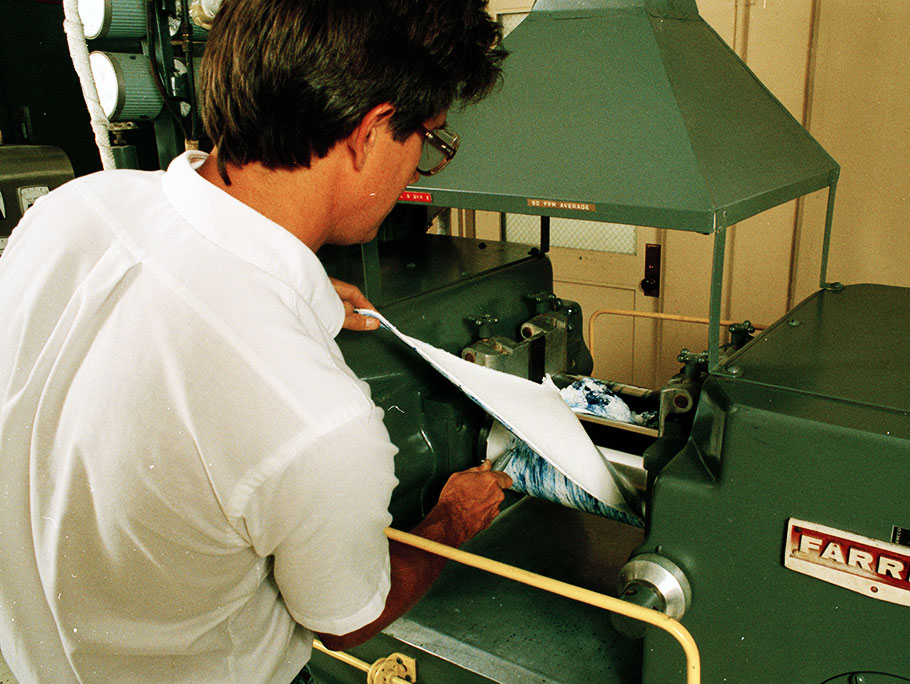
1995
Exxon establishes the Save The Tiger Fund in partnership with the National Fish and Wildlife Foundation. The Save The Tiger Fund is dedicated to supporting the conservation of Asia'south remaining wild tigers. Since its establishment, ExxonMobil has provided $ane million annually in back up of the Save The Tiger Fund.

1997
Mobil introducesSpeedpass, an electronic system which automatically activates the pump and charges purchases to a credit card.Speedpass is similar to the electronic toll technology successfully used on subway, autobus and highway systems around the world.
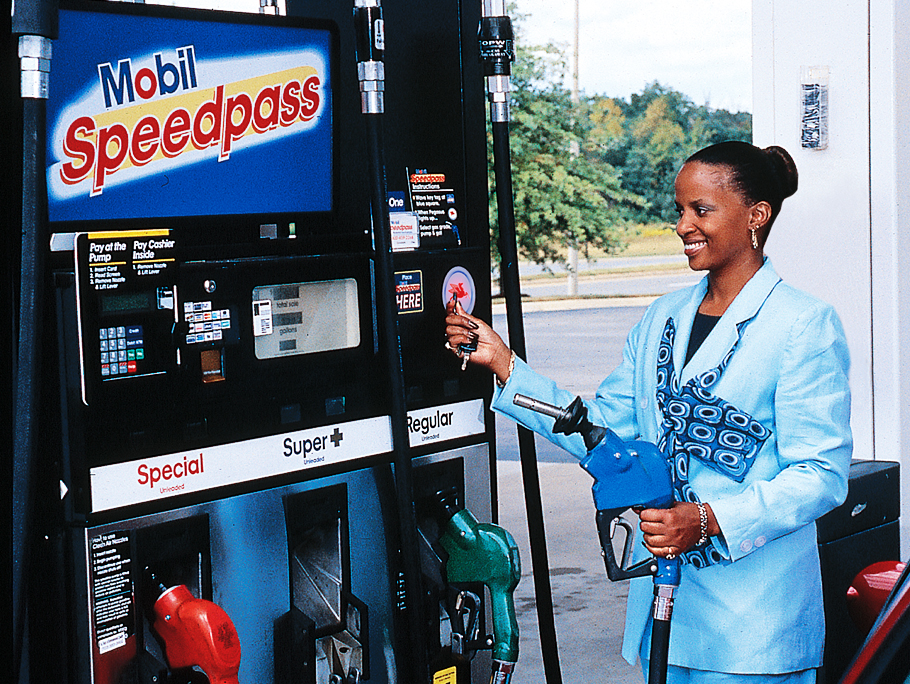
1999
On November thirty, 1999, Exxon and Mobil join to form Exxon Mobil Corporation. "This merger will enhance our power to be an effective global competitor in a volatile globe economy and in an manufacture that is more and more competitive," said Lee Raymond and Lou Noto, chairmen and chief executive officers of Exxon and Mobil, respectively.
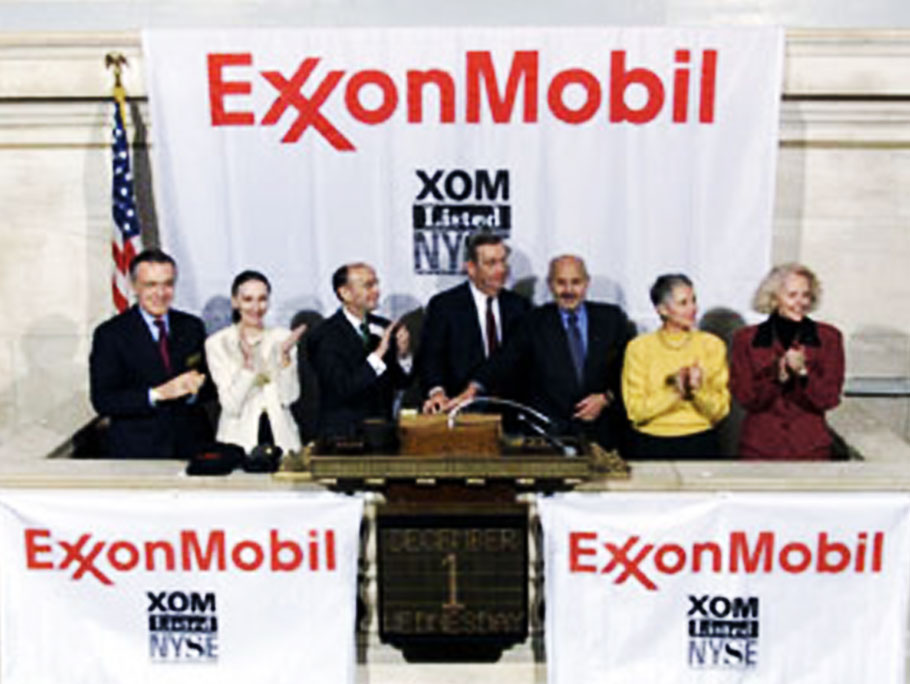
2001
ExxonMobil Research & Technology Company (EMRE) develops the SCANfining process, which uses a new proprietary catalyst to selectively remove more than 95 percent of the sulfur from gasoline while minimizing octane loss.

2002
ExxonMobil, joined by other sponsors, initiates the Global Climate and Energy Project (GCEP) at Stanford University — a pioneering research effort to identify technologies that can run into free energy demand with dramatically lower greenhouse gas emissions.
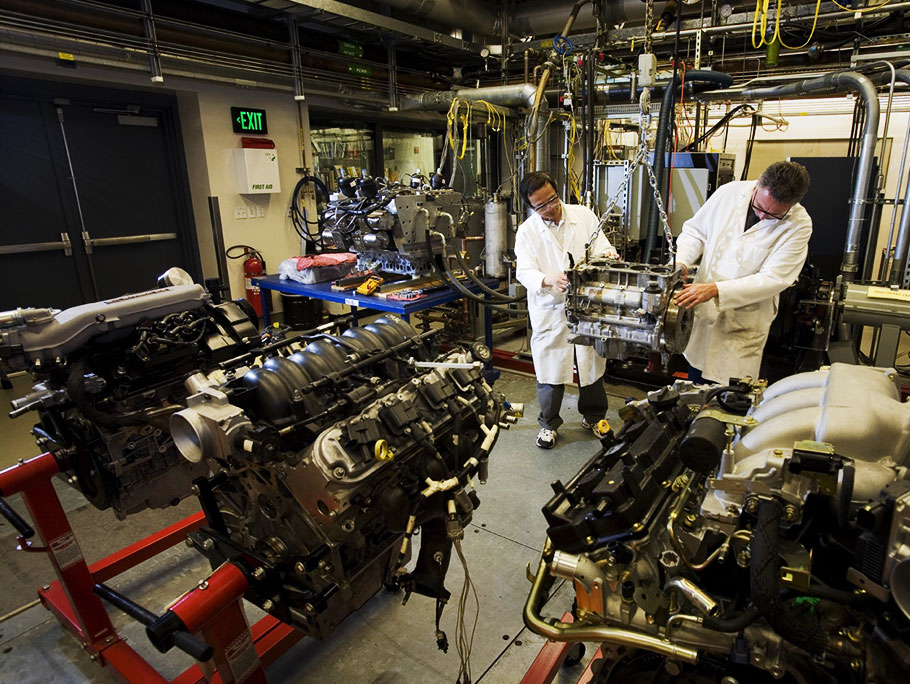
2005
ExxonMobil partners with professional golfer Phil Mickelson and his married woman, Amy, to launch the Mickelson ExxonMobil Teachers University. The academy is designed to provide third- through 5th-grade teachers with the cognition and skills necessary to motivate kids to pursue careers in scientific discipline and math.

2005
ExxonMobil and Qatar Petroleum, with other joint-venture partners, expand development of the giant North Field offshore Qatar, the largest nonassociated gas field in the world.
2007
Exxon Neftegas Limited (a subsidiary of Exxon Mobil Corporation) completes the drilling of the Z-11 well, the longest measured depth extended-reach drilling (ERD) well in the world. (Located on Sakhalin Island offshore eastern Russian federation, the record-setting Z-eleven achieved a total measured depth of 37,016 anxiety [eleven,282 meters], or more than vii miles.)

2008
ExxonMobil's donation through "Idol Gives Back" enables the distribution of hundreds of thousands of bed nets throughout affliction-stricken communities in Republic of angola.

2009
Exxon Mobil Corporation (NYSE:XOM) and Viridos (formerly Synthetic Genomics, Inc.) appear the opening of a greenhouse facility enabling the next level of research and testing in their algae biofuels program. In 2017, these efforts will yield a quantum involving modification of an algae strain that more than than doubles its oil content without significantly inhibiting the strain's growth.
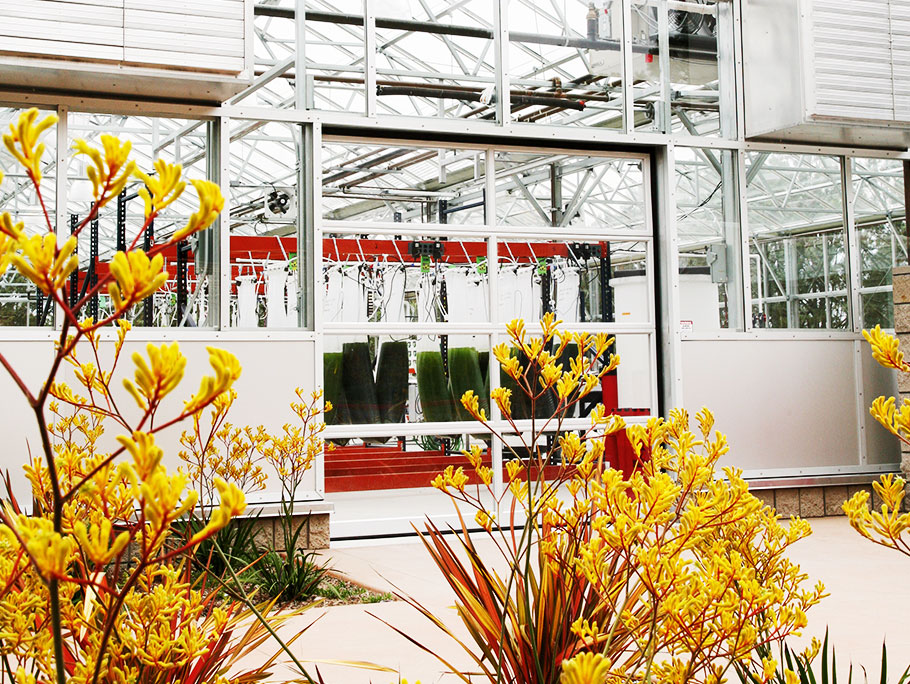
2010
ExxonMobil finalizes its agreement with XTO Energy Inc., creating a new organization to focus on global development and product of unconventional resources. A programme to build and deploy a rapid response system that will be available to capture and contain oil in the event of a potential time to come underwater well blowout in the deep-water Gulf of Mexico is announced by Chevron, ConocoPhillips, ExxonMobil and Shell. ExxonMobil leads the containment system efforts on behalf of the sponsor companies.
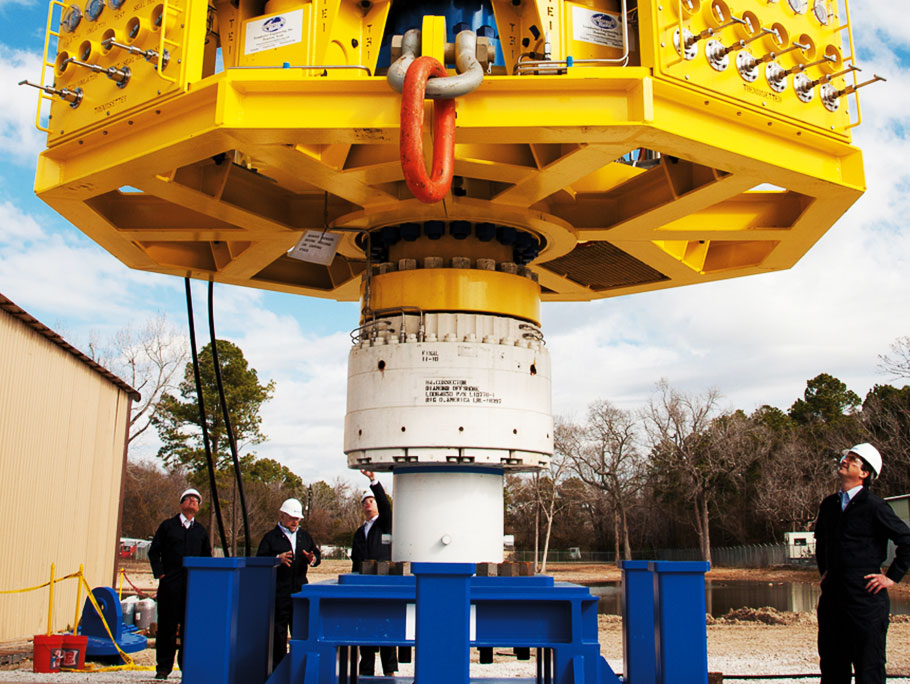
2011
Exxon Mobil Corporation announced 2 major oil discoveries and a gas discovery in the deep-water Gulf of Mexico afterwards drilling the company's commencement mail service-moratorium deep-water exploration well. This is one of the largest discoveries in the Gulf of United mexican states in the last decade.
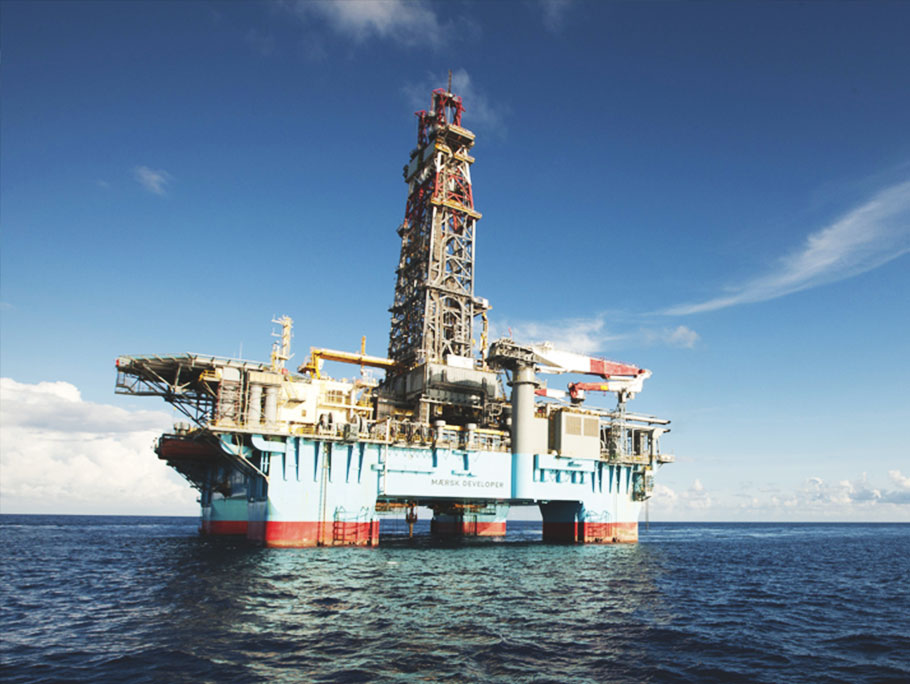
2014
The first shipment of liquefied natural gas from ExxonMobil'due south PNG LNG Project in Papua New Guinea is delivered to the Tokyo Electric Power Co. Inc. in Japan.
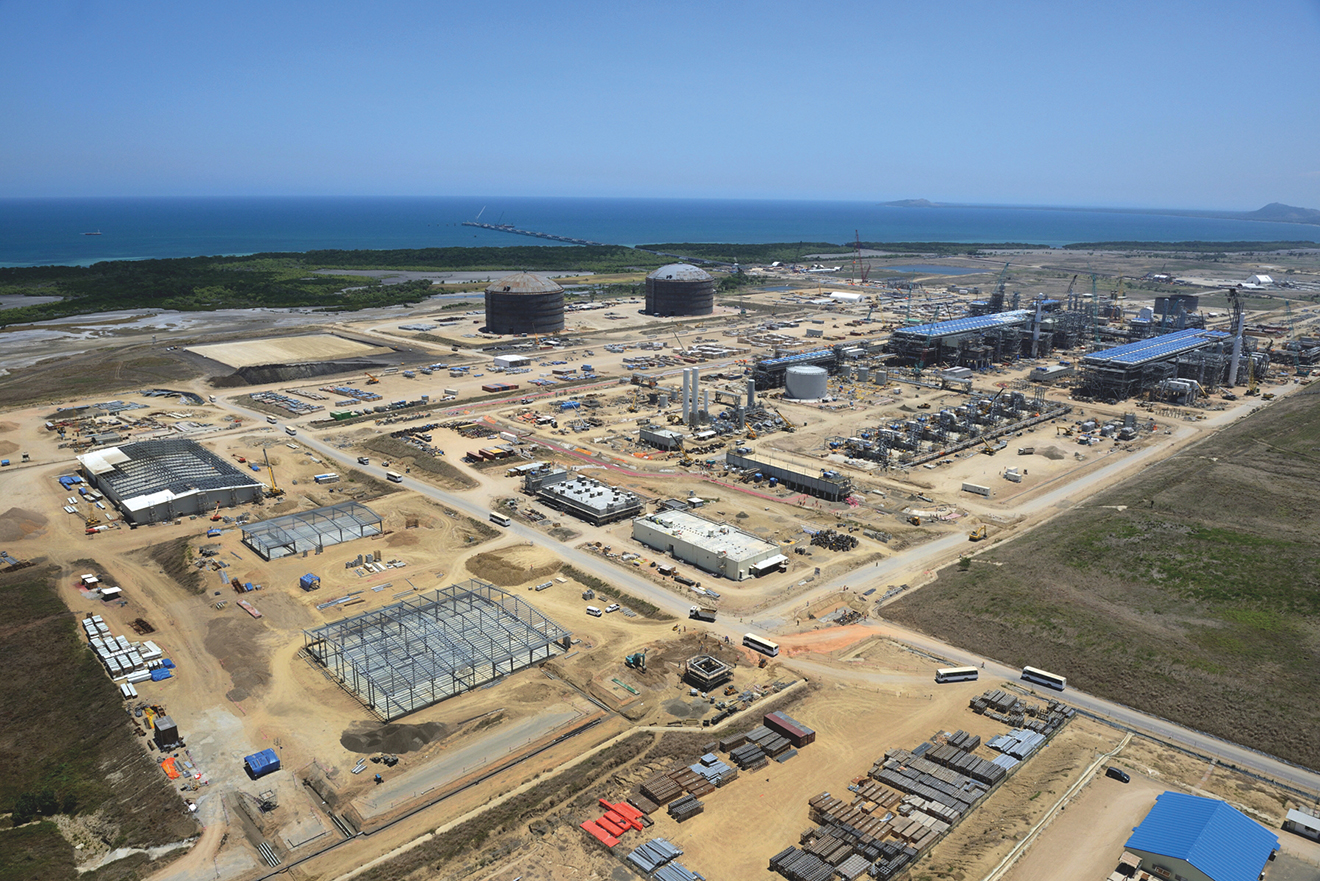
2015
ExxonMobil safely and successfully drills its first exploration well offshore Guyana. Subsequent exploratory activity will ostend a world-class resources discovery in excess of 8 billion oil-equivalent barrels.
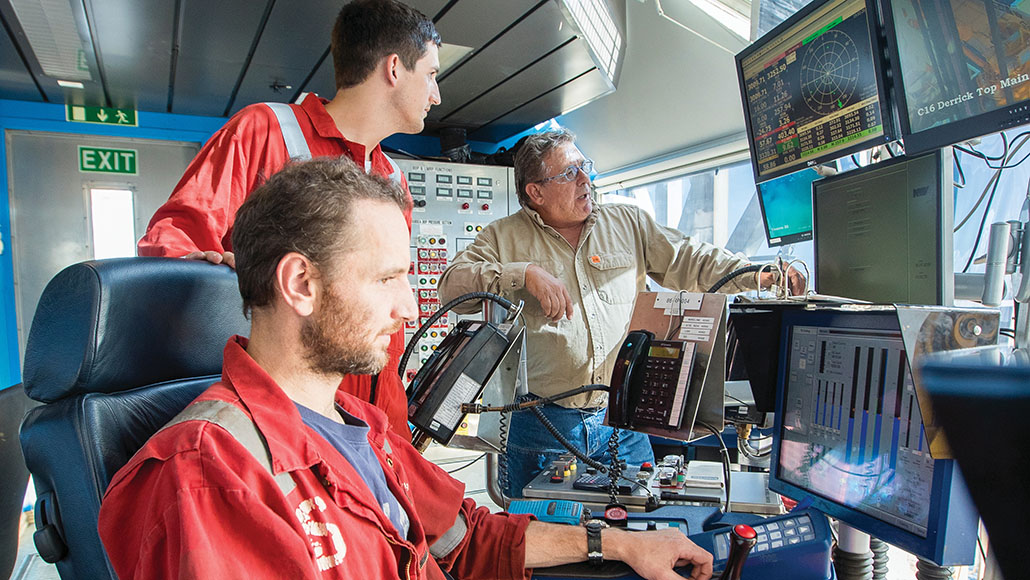
2016
ExxonMobil and Georgia Tech researchers develop a potentially revolutionary "opposite osmosis" engineering that could significantly reduce greenhouse gas emissions associated with plastics manufacturing. By using a molecular filter — rather than energy and heat — to perform a central step in the plastics-making process, this new procedure offers the potential to dramatically reduce the corporeality of energy required in petrochemical facilities.

2017
Working jointly with the National Center for Supercomputing Applications at the University of Illinois at Champaign-Urbana, ExxonMobil sets a record in high-performance calculating by using more than than four times the previous number of processors used on circuitous oil and gas reservoir simulation models to improve exploration and production results. The breakthrough in parallel simulation uses 716,800 processors, the equivalent of harnessing the power of 22,400 computers with 32 processors per calculator.

2017
ExxonMobil doubles its Permian Basin resource to 6 billion barrels of oil equivalent through the acquisition of companies owned by the Bass family unit of Fort Worth, TX.
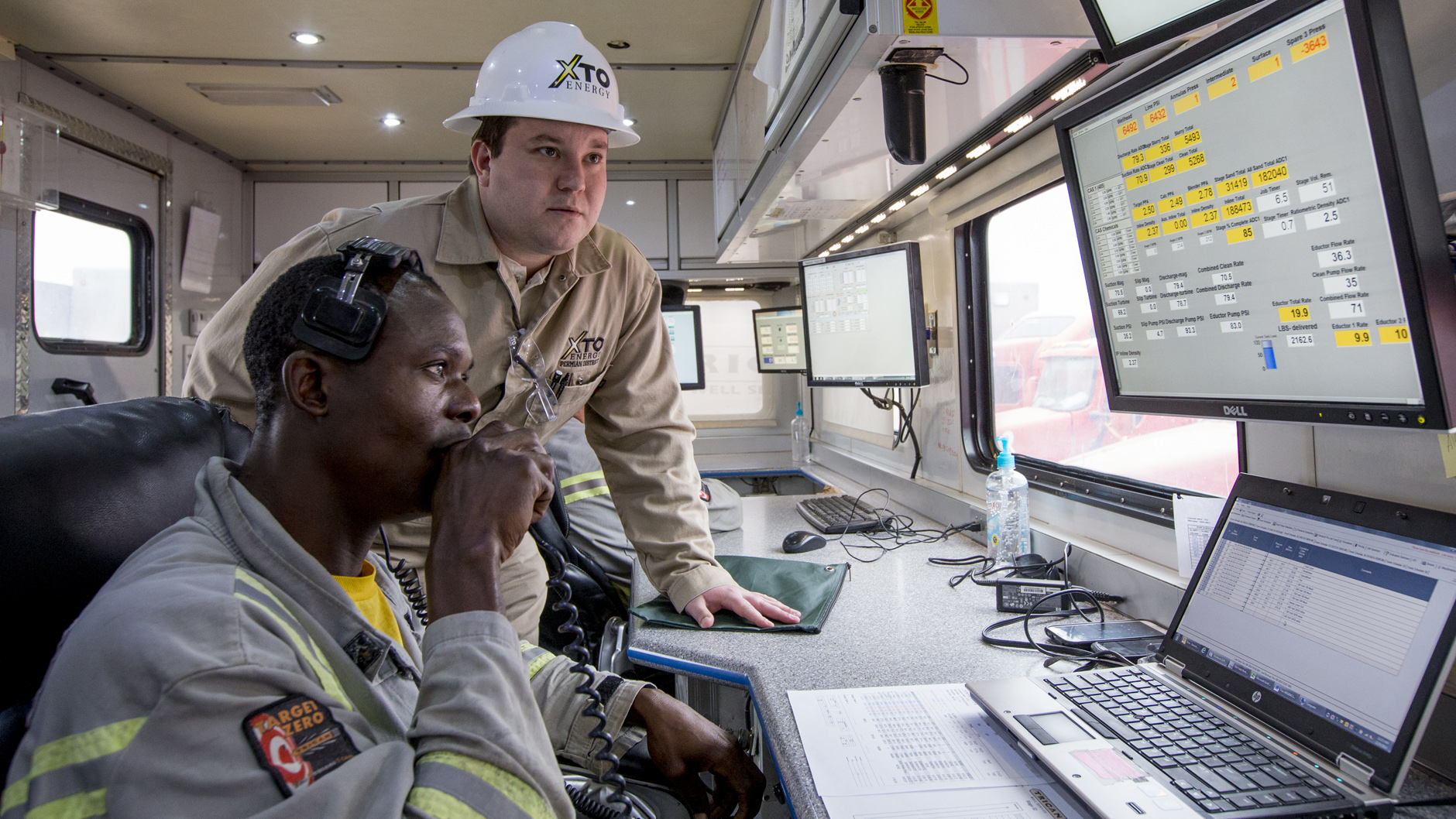
2019
In tardily 2019, ExxonMobil starts oil production from the Liza field offshore Guyana. This startup comes ahead of schedule and less than v years later on the beginning discovery of hydrocarbons, well ahead of the industry average for deepwater developments.
2020
In response to the COVID-19 pandemic, ExxonMobil maximizes the production of critical products such as isopropyl booze, which is used to make mitt sanitizer, and polypropylene, which is used for protective masks, gowns and wipes. Additionally, the corporation reconfigures operations in Louisiana to produce medical-form mitt sanitizer for donation to COVID-19 response efforts.
2021
ExxonMobil created a new business to commercialize its all-encompassing low-carbon technology portfolio. The new concern, ExxonMobil Low Carbon Solutions, volition initially focus on carbon capture and storage, one of the critical technologies required to achieve net zero emissions and the climate goals outlined in the Paris Agreement.
Related content

The true free energy of the Permian Basin
Today, the Permian Bowl is one of America's virtually bountiful unconventional fields, a new borderland of resource development that is cartoon energy pioneers looking to revolutionize how oil and natural gas are produced.
Who we are Energy Factor • June 11, 2019
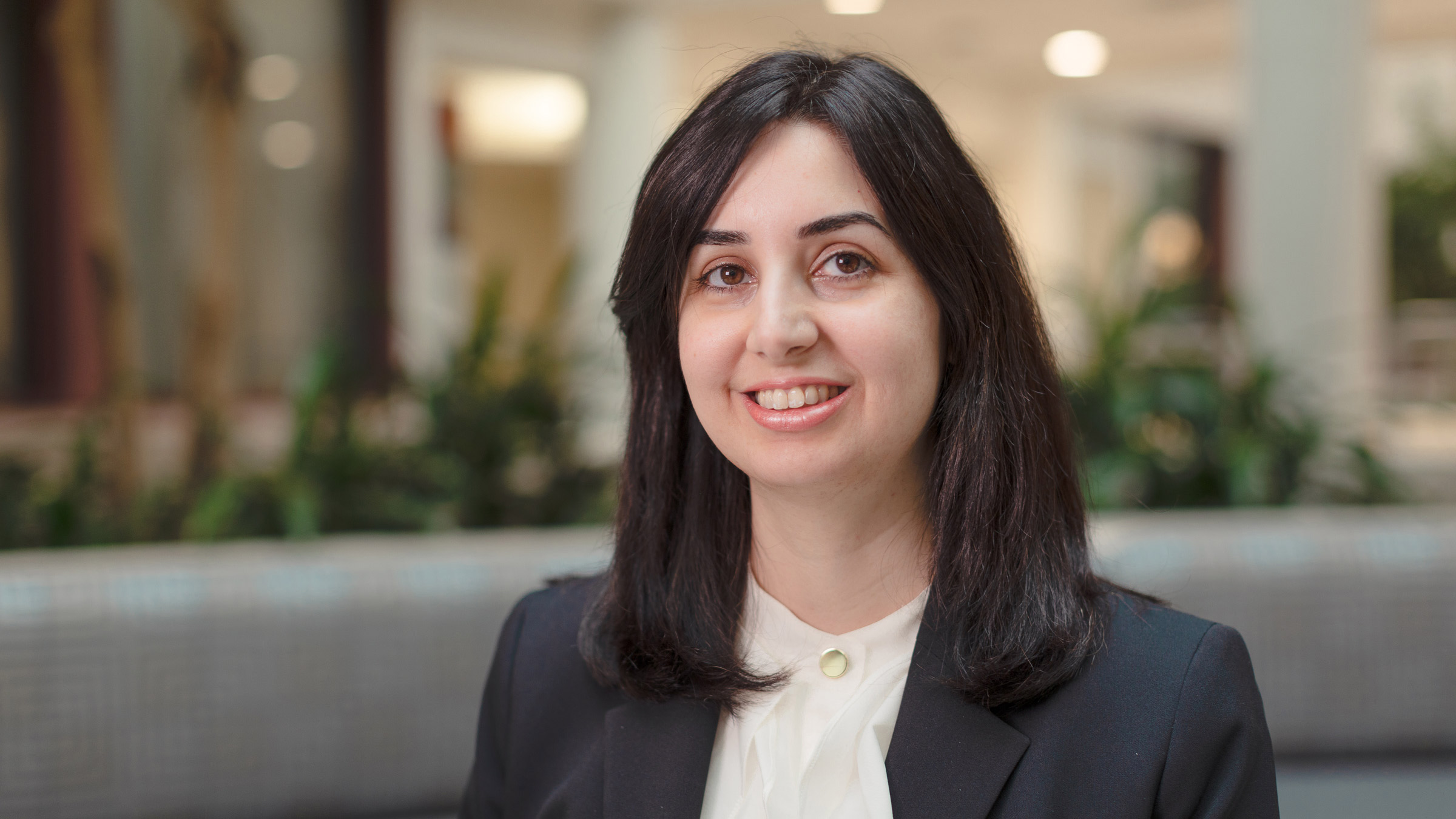
Sarah Torkamani: Reaching out and lifting up
Ever since I was a little daughter, as my grandma always reminds me, I wanted to be a scientist and wanted to help the planet. Since those early days, I've had a unique life journey living and studying overseas before moving dorsum to the U.S. to proceed my research as a chemical and environmental engineer.
Who we are Energy Factor • March 27, 2019
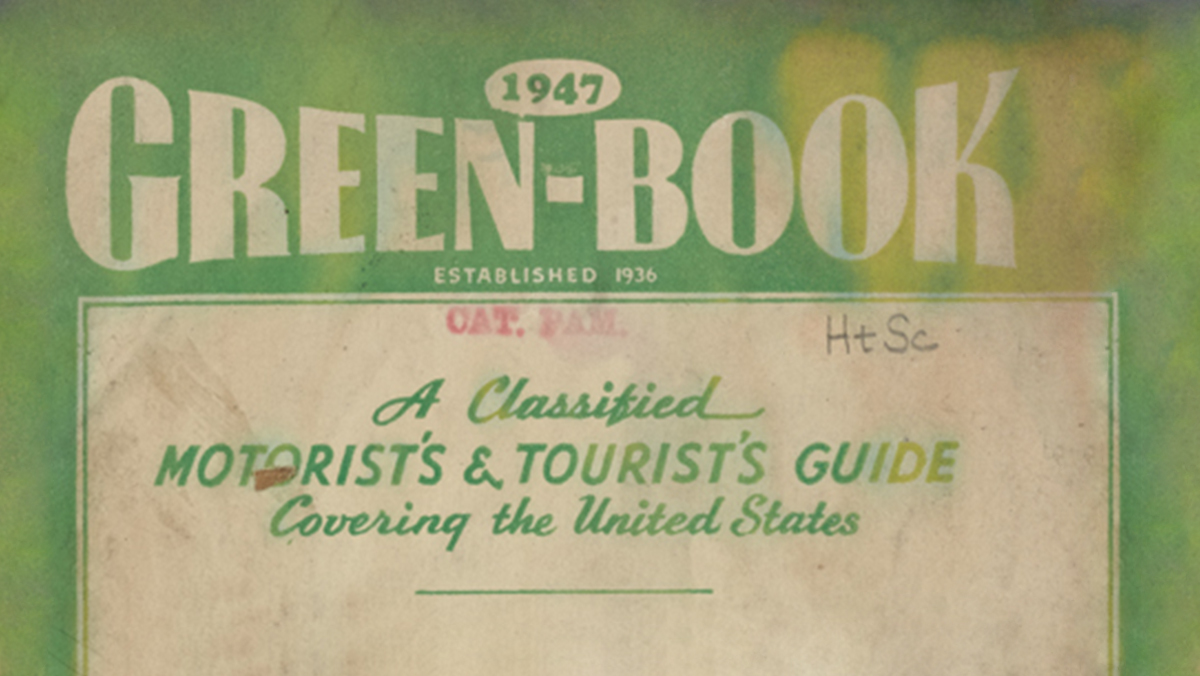
The Smithsonian showcases the historic 'Green Volume'
From its starting time impress run in 1936 to its concluding edition in 1966, "The Green Book" played a significant part in providing sanctuary for African-American travelers on the road from the 1930s to the 1960s. The guide, conceived past Harlem (New York City) mailman Victor Hugo Green, was used past more than 20,000 travelers.
Who we are Energy Factor • March vii, 2019
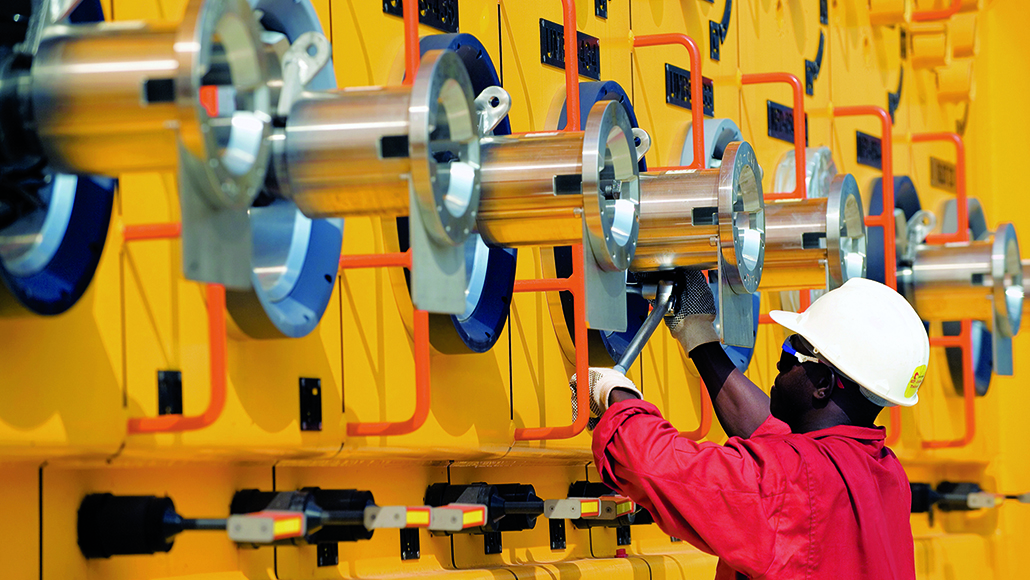
Our guiding principles
Exxon Mobil Corporation is committed to being the earth'due south premier petroleum and chemical manufacturing company. To that stop, we must continuously achieve superior financial and operating results while adhering to high upstanding standards.
Who we are Article • Sept. four, 2018
Source: https://corporate.exxonmobil.com/About-us/Who-we-are/Our-history
0 Response to "After Exxon-mobil Merger"
Enregistrer un commentaire